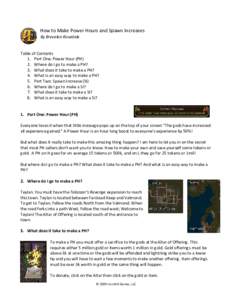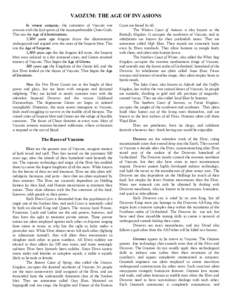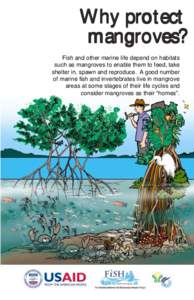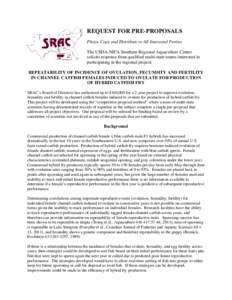<--- Back to Details
| First Page | Document Content | |
|---|---|---|
 Date: 2011-02-14 06:34:07Lewis and Clark Expedition Tucannon River Thermodynamics Heat transfer Chinook salmon Chinook wind Columbia River Coho salmon Spawn Fish Salmon Oncorhynchus |
Add to Reading List |
 EPA 910-R[removed]Alaska United States Region 10
EPA 910-R[removed]Alaska United States Region 10


